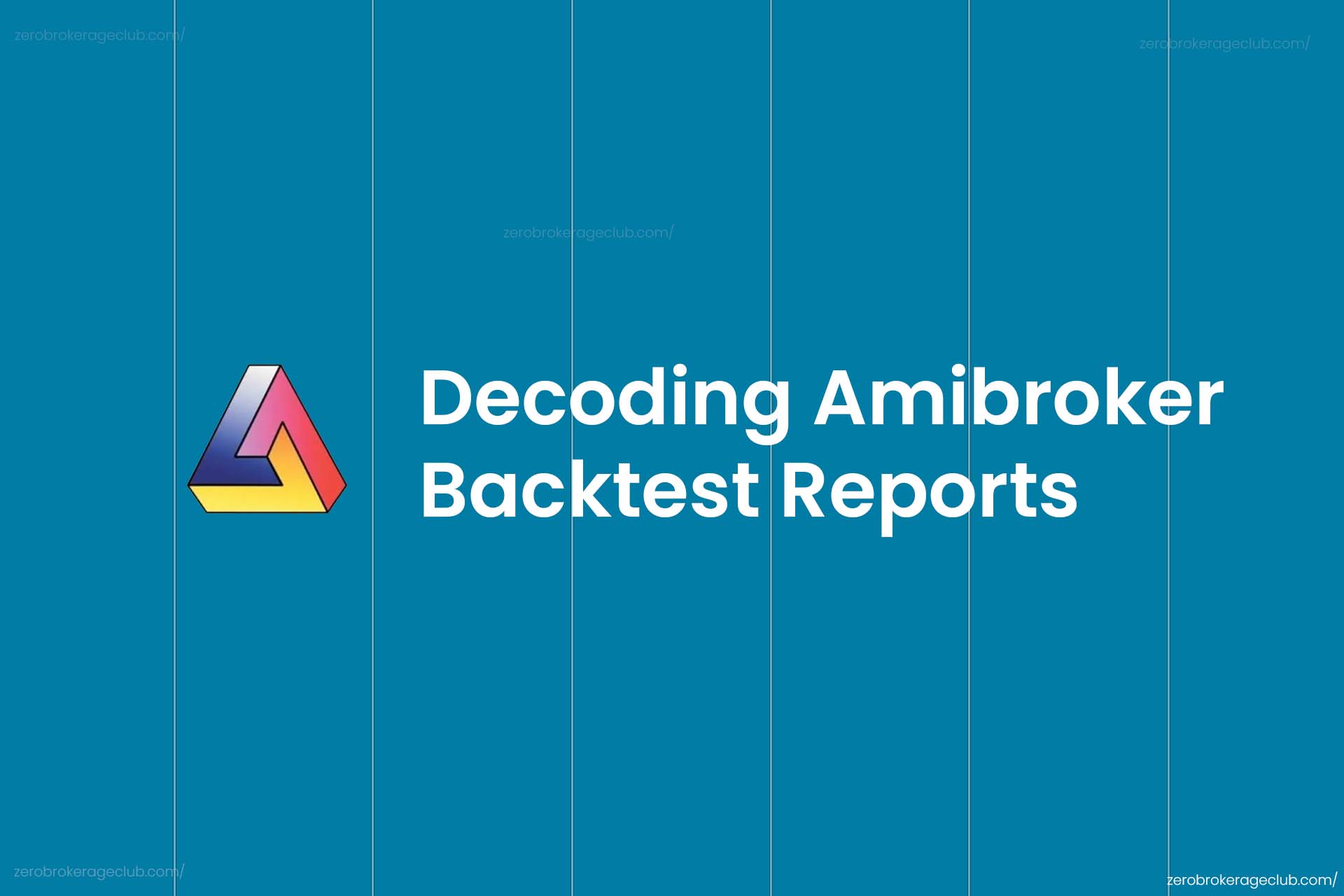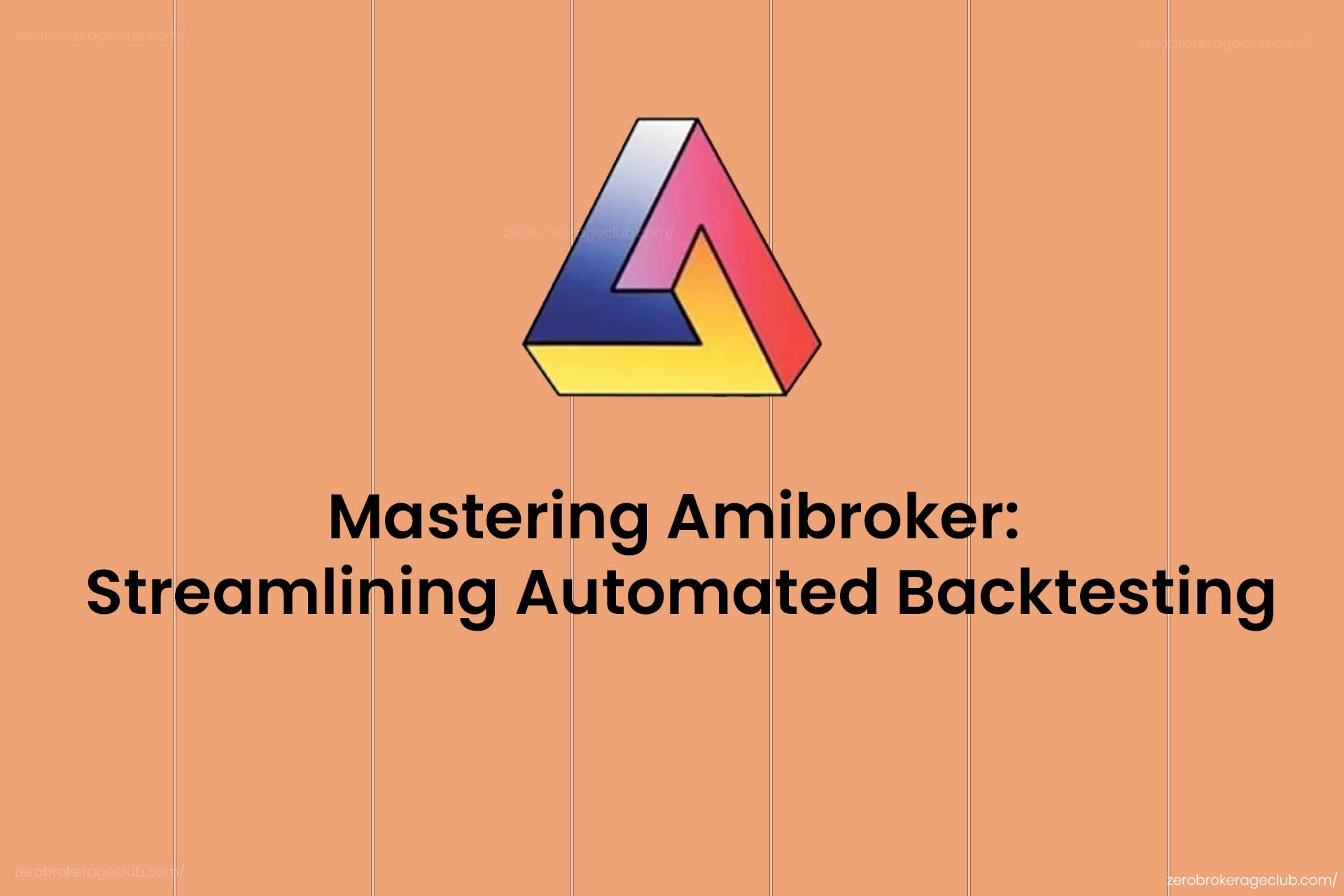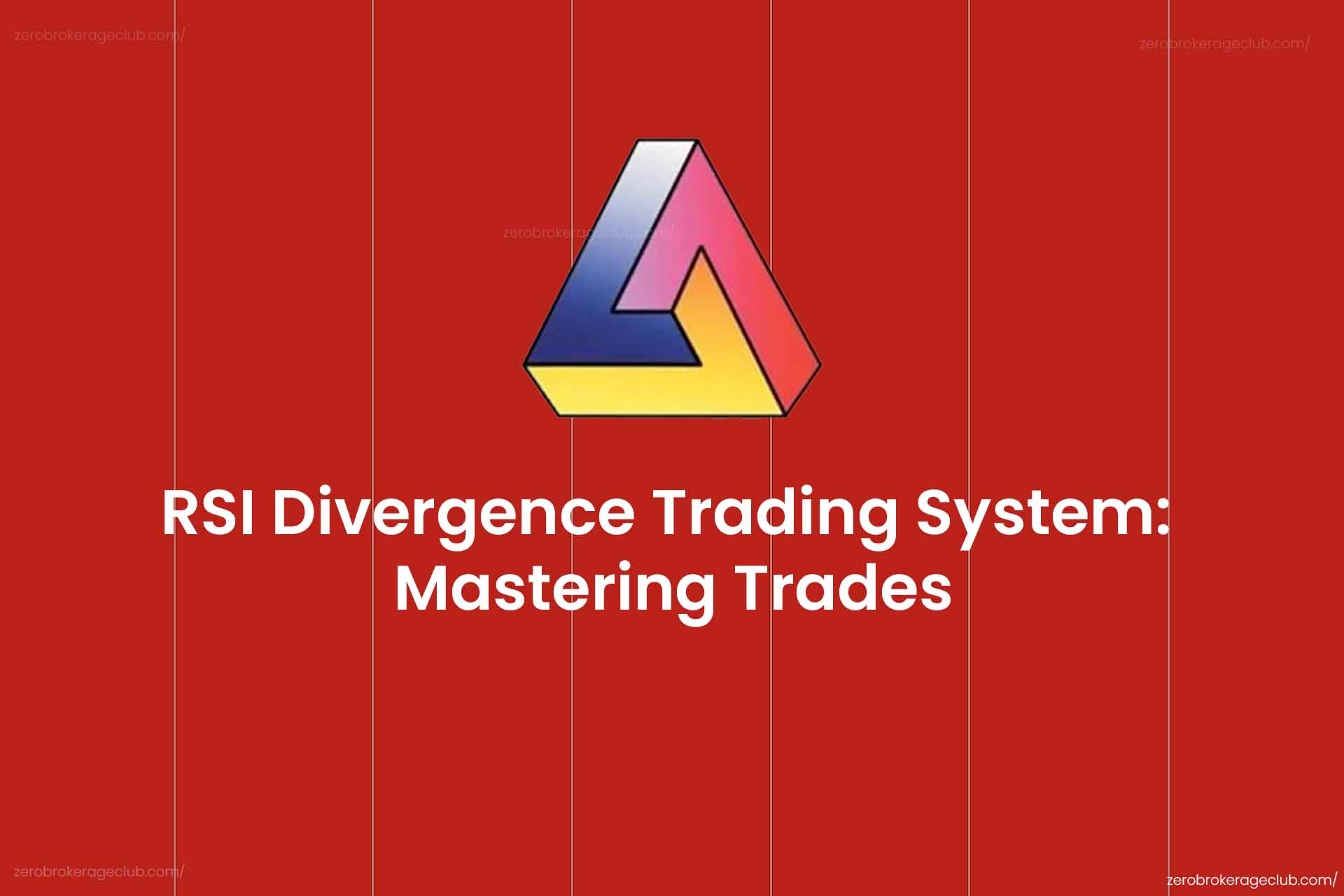Developing a successful trading system requires a deep understanding of backtest reports. Beginners often struggle with financial and mathematical terms within these reports. This post aims to simplify the process of comprehending backtest reports. We’ll use Amibroker for illustration, but the concepts apply to different trading platforms.
To follow along, download our sample backtest report here: Sample Backtest Report
Let’s explore some of the common and crucial parameters found in these reports:
Initial Capital
The starting capital at the beginning of the backtest period.
Ending Capital
The capital at the end of the backtest period.
Net Profit
The difference between Ending Capital and Initial Capital.
Exposure %
This metric represents the net average exposure of your trading system during the backtesting period. It is calculated as the sum of individual bar exposures divided by the total number of bars. Individual bar exposure is the ratio of open position value to the overall portfolio equity for that specific bar. For example, if you are backtesting a daily timeframe strategy and, at the end of Day 1, your open position value is $10,000, and your portfolio equity is $100,000, the bar exposure for that day is 10%.
Net Risk-Adjusted Return %
This ratio is the Net Profit % divided by the Exposure %. For example, if the Net Profit % is 100% and the Exposure % is 10%, the Net Risk-Adjusted Return % is 1000%.
Ulcer Index
The Ulcer Index is a technical indicator that measures downside risk in terms of both depth and duration of price declines. Lower values indicate a better trading system. Find a detailed calculation example for the Ulcer Index here.
Sharpe Ratio of Trades
This ratio measures the risk-adjusted return on investment. A ratio above 1.0 is good, while over 2.0 is excellent. For detailed calculations, click here.
K-Ratio
The K-Ratio detects an inconsistency in returns. A value of 1.0 or higher indicates more consistent returns from the system. For detailed calculations, click here.





6 Comments